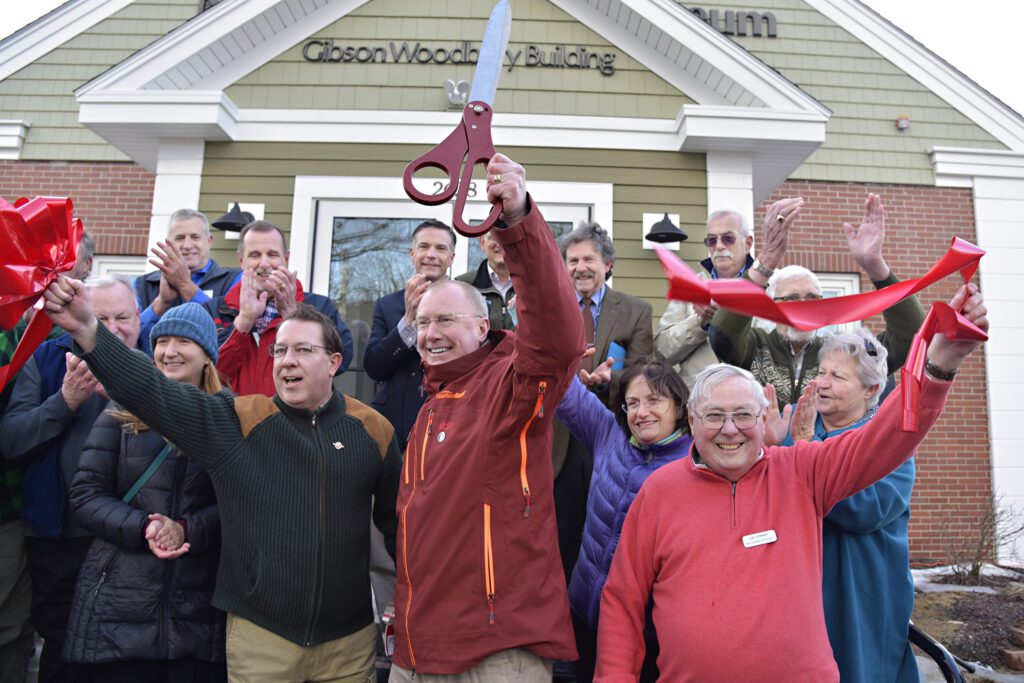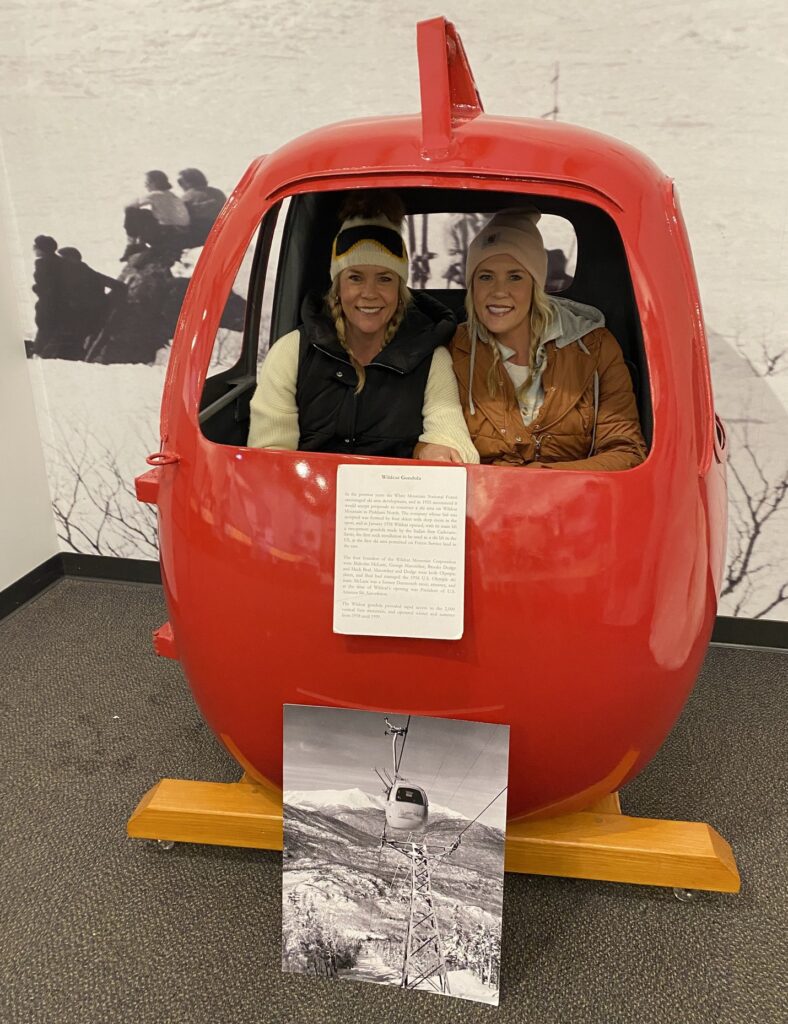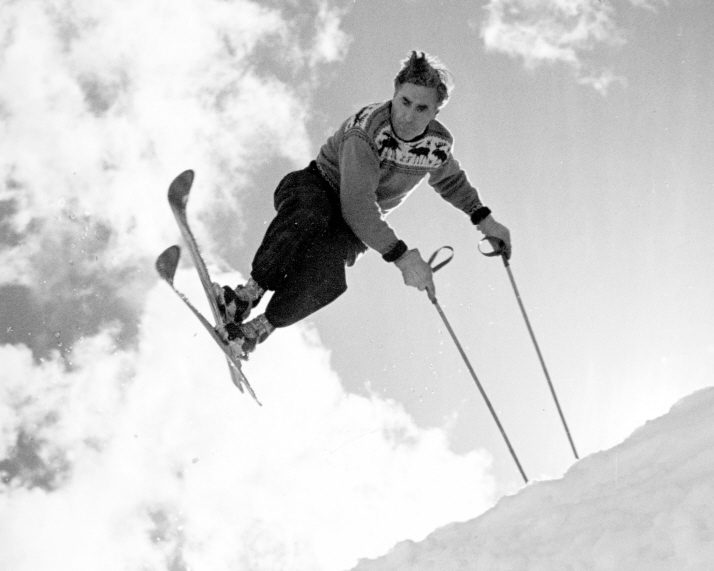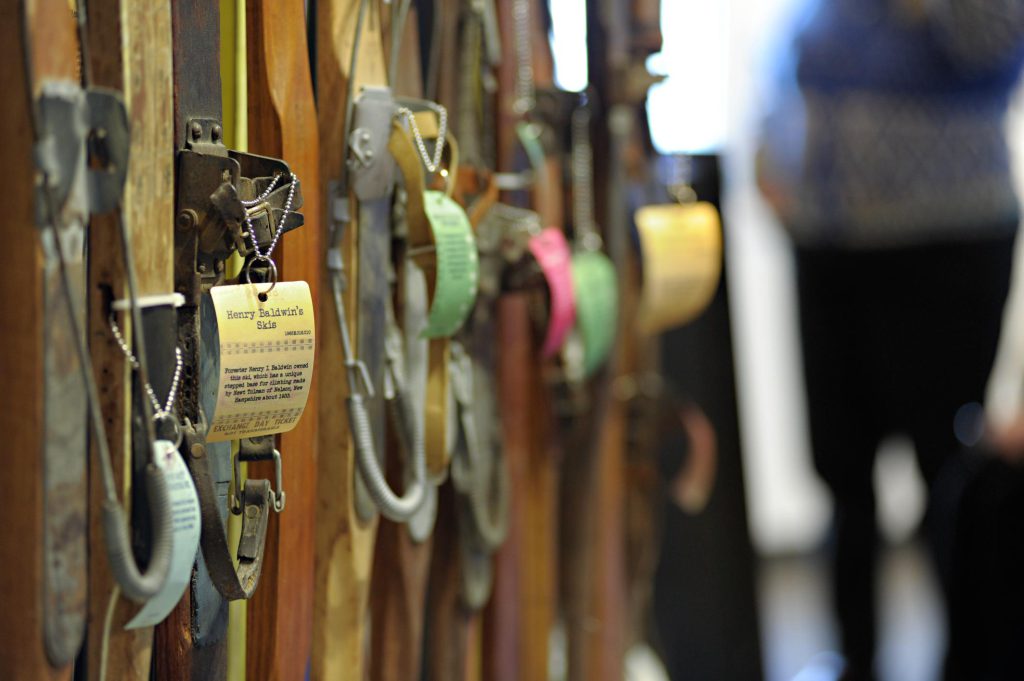The New England Ski Museum has a rich history rooted in preserving and showcasing the history of skiing and the 10th Mountain Division.
Here’s a timeline of our key milestones:
1977
Formation and Early Development
The organization was formed as a 501(c)(3) nonprofit. The museum actively started collecting items relating to the history of skiing.
December 1982
Opening and Growth at Franconia Location
The museum opened its doors in a former vehicle maintenance garage at Cannon Mountain in Franconia Notch State Park.
After the Museum Board raised $250,000 for renovations, the building was leased from the State of New Hampshire for $1 per year.
1997
Creation of the Hannes Schneider Meister Cup
The first Hannes Schneider Meister Cup race took place on March 14-15, 1997. This race honors Hannes Schneider, the pioneer of the Arlberg Technique and ski instruction, as well as the legacy of the 10th Mountain Division. This event benefits the New England Ski Museum. It is the museum’s largest annual fundraiser.
2003
Expanding Collections and Facilities
The Paumgarten Family Archival Center opened, providing improved facilities for housing the museum’s growing collections. The museum’s collections were now able to include an expanded number of skis, clothing, boots, books, posters, film, photographs, and other artifacts.
February 2018
Eastern Slope Branch and Continued Growth
The Eastern Slope Branch of the Museum opened in North Conway, New Hampshire. This branch is located in the former North Conway Community Center, created by Harvey Dow Gibson, a significant figure in skiing history.



Mission and Ongoing Efforts
The Museum’s mission is to collect, preserve, and exhibit elements of ski history for research, education, and inspiration.
It continues to engage in research, present exhibitions, and offer educational programs.
The New England Ski Museum’s dedication to preserving and showcasing skiing history has made it a valuable resource for researchers, skiing enthusiasts, and the general public.

